- 知从木牛基础软件OBD
- 知从木牛基础软件英飞凌TC264
- 知从木牛OSEK网络管理恩智浦S32K344
- 知从木牛操作系统OS
- 知从木牛操作系统OS SC4
- TRICORE平台移植到ARM平台指导手册
- 知从木牛操作系统OS ARM CORTEX R52+
- 知从木牛基础软件英飞凌TC4X
- 知从木牛基础软件恩智浦S32K3
- 知从木牛基础软件英飞凌TLE989X
- 知从木牛AFE德州仪器BQ756506
- 知从木牛基础软件瑞萨RH850U2AX
- 知从木牛AUTOSAR软件平台英飞凌TC264
- 知从木牛基础软件杰发AC781X
- 知从木牛操作系统OS NG HYPERVISOR
- 知从木牛基础软件杰发AC7840
- 知从木牛基础软件瑞萨RH850F1KM
- 英飞凌TC3XX_Cache和Overlay功能详解
- 知从木牛基础软件芯旺微KF32A产品手册
- 知从木牛基础软件恩智浦S32K344产品
- 知从木牛基础软件紫光同芯THA6206
- 知从木牛基础软件平台
- 知从木牛AUTOSAR软件平台恩智浦S32K
- 知从木牛AUTOSAR软件平台恩智浦MPC5744P
- 知从木牛AUTOSAR软件平台英飞凌TC275
- 知从木牛SOC产品
知从.木牛( ZC.MuNiu )为汽车电子控制器产品开发,提供完整的基础软件平台解决方案。该产品参考AUTOSAR、OSEK等国际规范,有基于AUTOSAR ARTOP架构的上位机配置工具,支持上汽、一汽、吉利、广汽、长安、长城等整车厂通讯、诊断、网络管理、启动刷新规范。
瑞萨RH850F1KM系列微控制器基于RH850G3KH内核,专为汽车电气车身应用而设计。它实现了低功耗,内部闪存范围为 512KB 至 1MB。此外,还增加了 CAN FD 接口,CPU 工作频率高达 120MHz。瑞萨RH850F1KM系列微控制器具备高安全性,并能够支持ISO26262标准ASIL-D 功能安全等级应用。
上海知从科技作为瑞萨半导体的全球重要合作伙伴,为RH850F1KM系列微控制器提供了基础软件平台,主要包括:多核操作系统、通讯协议栈(CAN\LIN)、诊断协议栈(UDS\J1939)、网络管理(OSEK\AUTOSAR)、标定协栈(XCP\CCP)、存储协议栈、复杂驱动模块等,配套知从的Bootloader刷新程序和上位机工具,可以根据不同的客户项目要求进行配置和再开发。知从科技提供基础软件产品的同时,也提供控制器基础软件功能实现的开发服务。
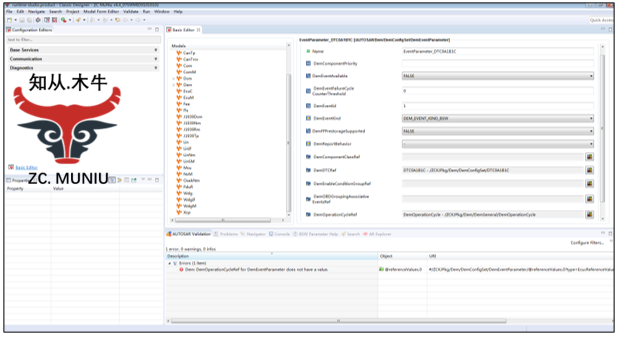
ZC.MuNiu basic software platform for RH850F1KM
木牛基础软件平台可应用于瑞萨RH850F1KM系列芯片的汽车电子控制器产品开发。例如:
Ø发动机控制器
Ø转向控制器
Ø智能驾驶控制器
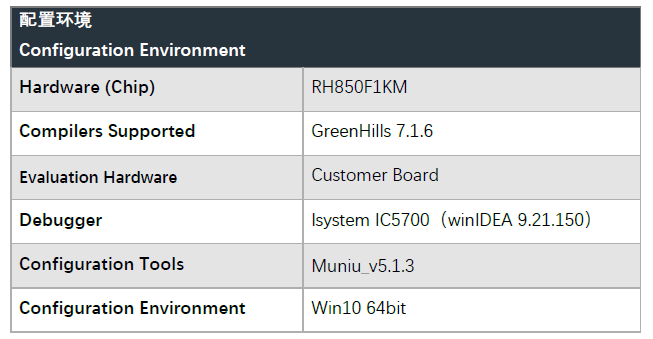
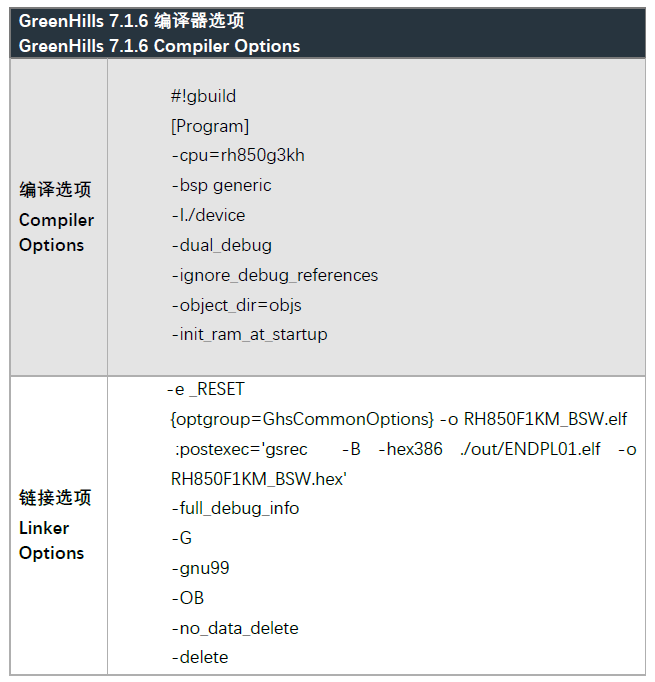
AUTOSAR组织成立于2003年,主要由欧洲汽车制造商、部件供应商及其他电子、半导体和软件系统公司联合建立。致力于为汽车工业开发一个开放的、标准化的软件架构,希望大家“在标准上合作,在应用上竞争”,提高控制器产品开发质量和速度。2006年底发布了2.1版规范,2008年发布3.1版本开始产品化,并逐步增加了功能安全、以太网等内容。目前广泛使用4.2.1、4.2.2以及4.3.1版本。
汽车在电动化、网联化、智能化的大趋势下,电子电器部件日益增多,电气结构越加复杂,整车开发周期不断缩短。平台化、智能化的基础软件起到至关重要。
知从科技提供基础软件产品的同时,也提供符合ASPICE Level 3流程和功能安全ASIL-D要求的控制器基础软件功能实现的开发服务,SBC芯片、BCCIC芯片各种复杂驱动软件的定制开发。同时,集成知从科技的功能安全产品SafetyFrame,可以满足功能安全要求。
知从科技掌握AUTOSAR平台软件的开发和应用核心技术,提供本地现场支持,质量好,速度快,成本低。
Ø 符合AUTOSAR R20-11版本
Ø ARTOP架构上位机配置工具,最高适配AUTOSAR R20-11版本
Ø 单核操作系统
Ø 通讯协议栈(CAN\LIN)
Ø 诊断协议栈 (UDS\J1939)
Ø 网络管理 (OSEK\AUTOSAR)
Ø 标定协议栈(XCP\CCP)
Ø 存储协议栈
Ø 加密模块(CRYPTO)
Ø 复杂驱动定制开发
Ø 工程服务
功能安全
木牛功能安全平台提供符合ASPICE Level 3流程和功能安全ASIL-D要求的开发服务,并遵循ISO 26262标准实现。木牛平台通过集成多个功能安全相关模块,为客户提供全面的功能安全解决方案:
Ø 看门狗管理:通过WdgIf(看门狗接口)和WdgM(看门狗管理器)实现对系统关键任务的监控,支持内部和外部看门狗,确保系统运行状态的实时监控
Ø 端到端保护:实现E2E通信保护机制,通过CRC校验、计数器、时间戳等方式,确保数据在传输过程中的完整性和正确性
Ø 存储保护:通过EA、FEE和NVM等存储管理模块,实现关键数据的CRC校验和数据冗余备份,保证数据存储的可靠性
Ø OS SC4:实现AUTOSAR OS可扩展等级4(SC4)特性,提供内存保护机制、时间保护和服务保护,满足安全关键应用需求
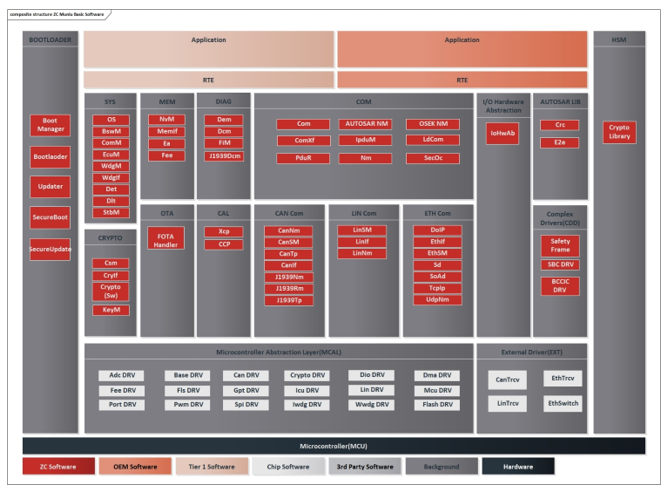
知从木牛基础软件平台架构
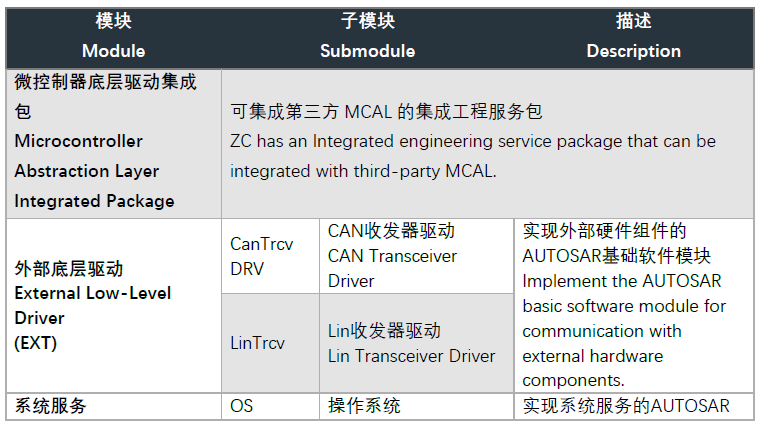
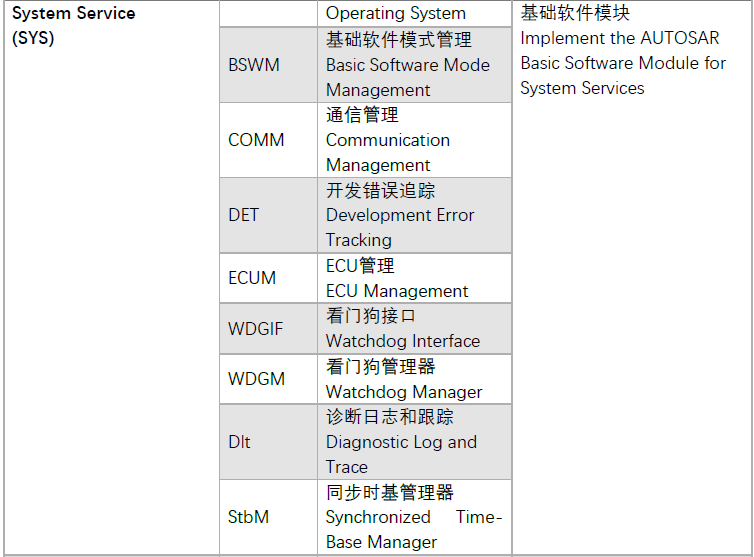
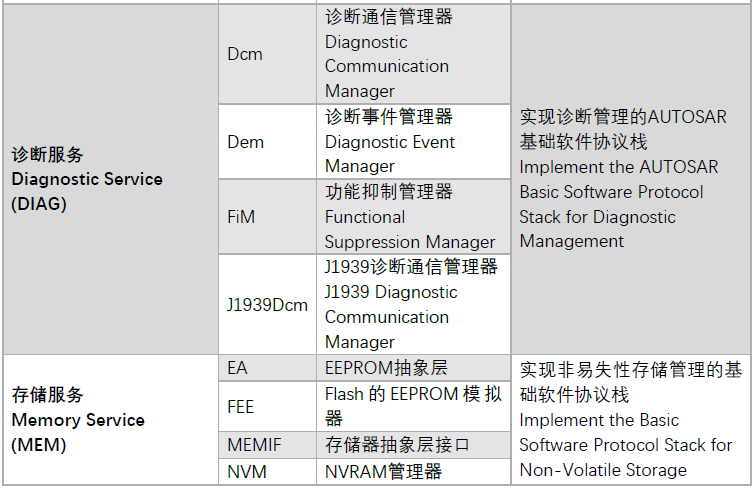
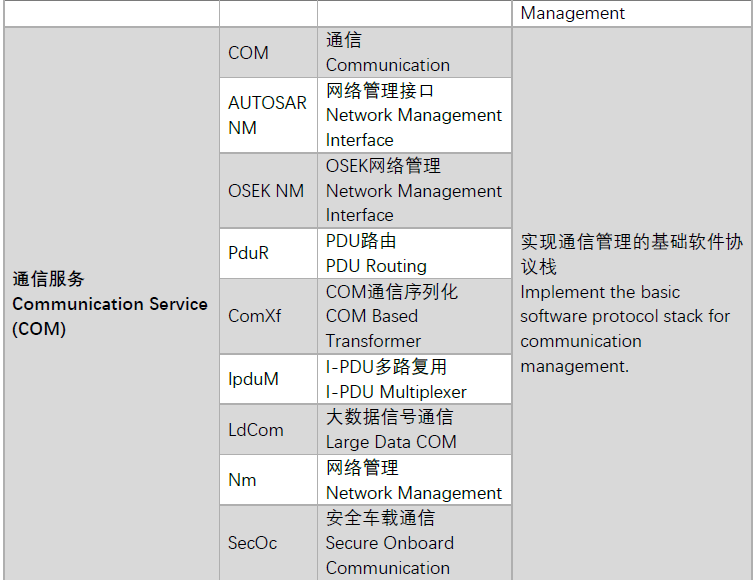
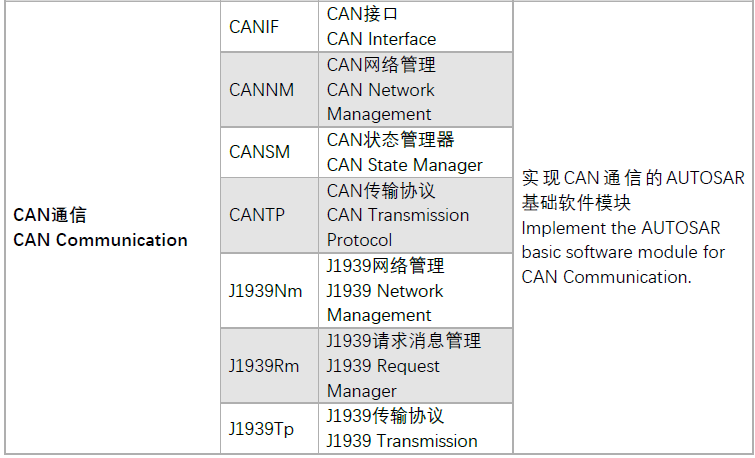
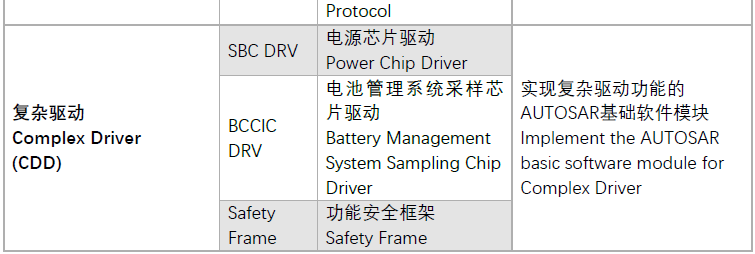
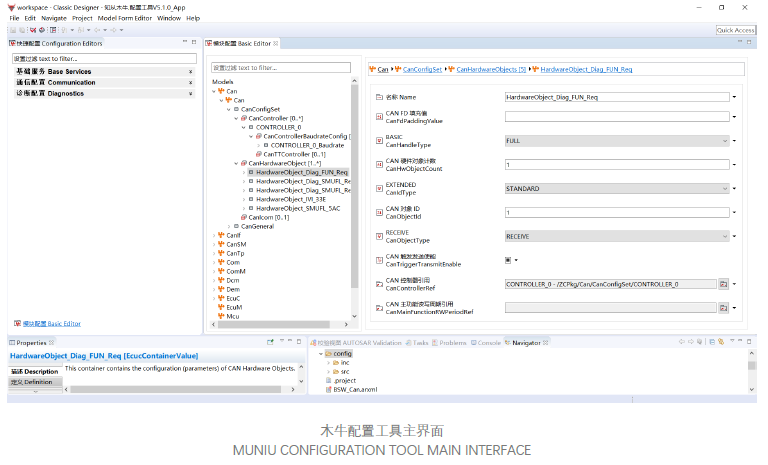
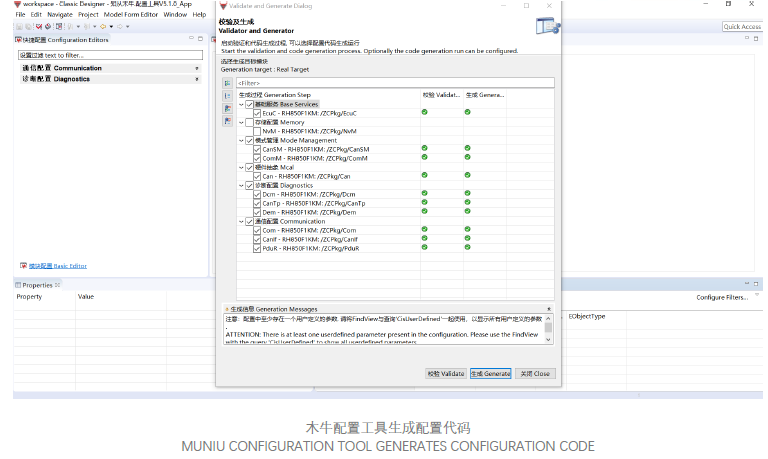
为了满足客户的不同项目需求,提高基础软件平台的扩展性,木牛基础软件平台实现了各个模块可配置性,并且实现了配置工具。客户可根据不同需求,在配置工具上完成各个模块的配置工作,可生成配置代码文件,将生成的配置文件集成到工程中即可。
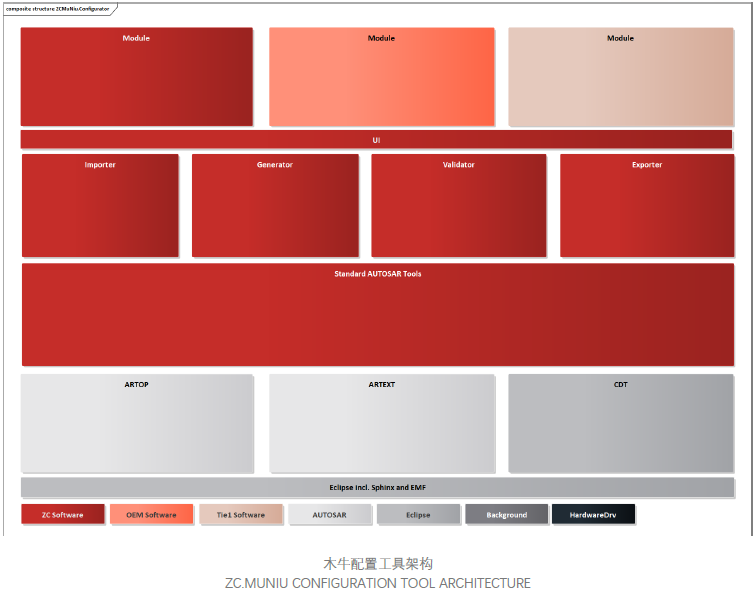
木牛基础软件平台的配置工具是基于Eclipse平台,并基于ARTOP架构,实现AUTOSAR模型和ARXML的解析。除了AUTOSAR标准定义的模块之外,还支持OEM和Tie1厂商二次开发自己的模块。配置完成后,可生成各个模块的配置代码。
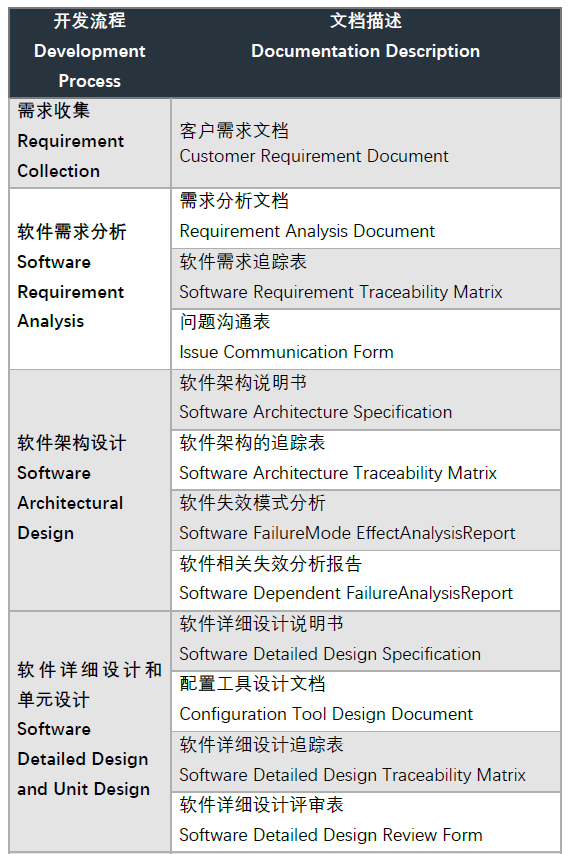

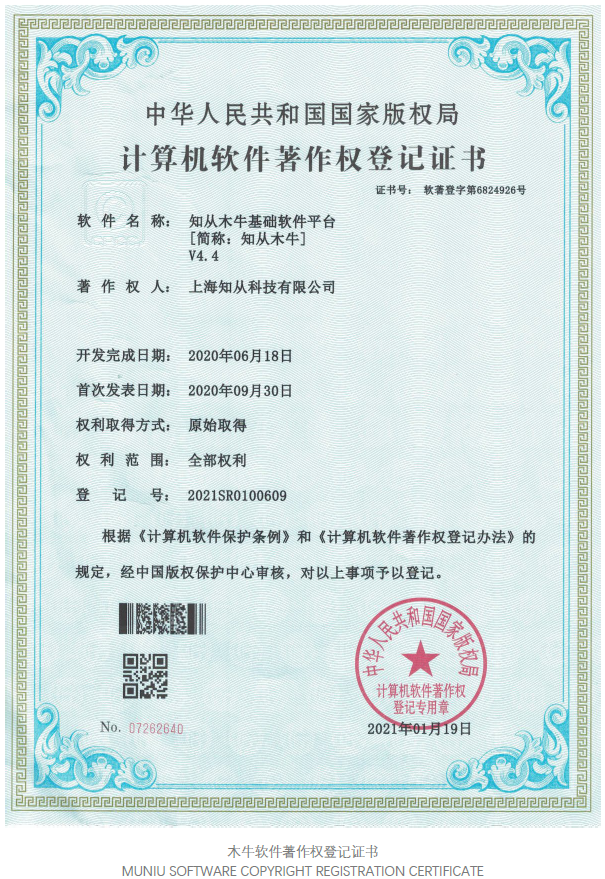

点击下载产品手册